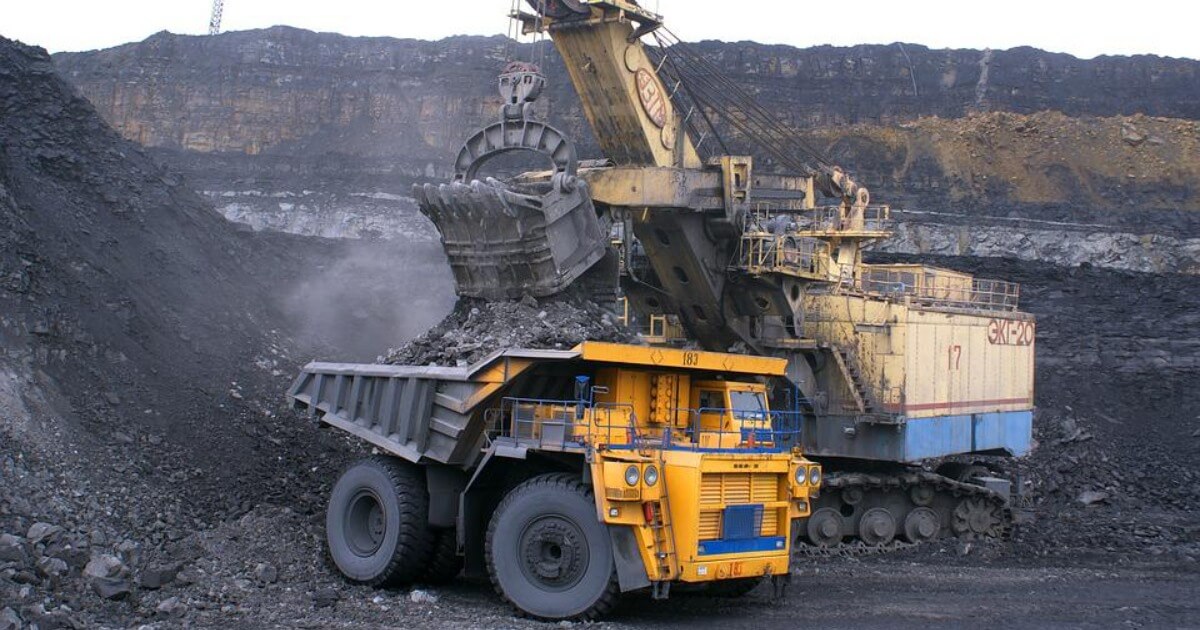Yes, Australia Can Abandon Coal
Experts have concluded that Australia offers an ideal setting for replacing fossil fuels with renewables in electricity generation.
January 27, 2020

In case the message hasn’t yet sunk in, let me posit it loudly and clearly atop this article: Arid Australia is the most vulnerable of all rich nations to climate ravages.
Even climate change deniers must recognize the reality of massive coral die-offs, droughts and unprecedented forest fires of an enormous size.
Responsibility for meaningful action on climate change rests with all major economies in the G-20 framework (and hence also with China, India, Brazil, Indonesia, Saudi Arabia). After all, they account for 78% of global greenhouse gas (ghg) emissions.
Instead of jointly agreeing to cap these emissions, only the EU and four other G20 nations have actually committed to zero-emission targets.
Australia and the US as climate change denial ringleaders
The ring leaders of this climate change denier folly are Australia’s Prime Minister Scott Morrison and U.S. President Donald Trump. They were among the key people who just derailed a global carbon trading system at the Madrid COP25 climate summit.
The United States and Australia lead the worst performing of 57 major nations on climate policy.
Both nations are actually reversing emission controls. True to style, Trump mocked environmentalists as “prophets of doom” at Davos.
This climate change denialism is one consequence of the broken electoral systems in Australia and the United States. Both are mature and rich republics.
Campaign contributions and Australia burning
Yet, unlike the considerably more democratic nations of Western Europe, Australia and the United States have made a deliberate choice to decriminalize multi-million dollar political campaign donations/advertising.
This provides enormous political leverage to tightly focused special interests — such as fossil fuels — over public policy and the legislative and regulatory process.
Coal baron Clive Palmer, for instance, used a faux political party during Australia’s 2019 elections to spend more than twice what the major parties combined did. The purpose of his spending was demonizing the pro-environment Labor Party.
And Rupert Murdock’s fabulist news empire, controlling 58% or more of Australian circulation and Sky television news there, provides print and broadcast disinformation (repeated endlessly on social media) shielding his acolyte Morrison.
Morrison paying off his political masters
After his surprising election victory, Morrison rewarded the commercial interests keen on building new fossil fuel power plants, diverting environmental funds to coal plants from renewables and criminalizing environmental protesters.
These measures in kind with his “Liberal” Party’s feckless decisions in 2014 to abolish Australia’s highly effective carbon tax and pay only lip service to pollution regulations.
There is a better future for Australia
Amidst all this money-fueled denialism, the great irony is that experts have concluded that Australia offers an ideal setting for replacing fossil fuels with renewables in electricity generation.
The key is that its topography provides a ready-made energy storage solution to the intermittency challenge dogging renewables, enabling its electricity supply to become 100% renewable.
As documented in an innovative analysis by scientists at its leading research university, the Australian National University (ANU), the peaks and valleys of its vast coastal ranges are suitable for numerous pump hydro storage (PHS) installations. This is the most economical and widely adopted of all global energy storage options.
An array of PHS facilities could indeed enable the mothballing of Australia’s fossil fuel power plants as their economic lives expire over the next 15 years.
These facilities can be combined with new onshore wind, utility-scale photovoltaics (PV) and upgraded high voltage transmission networks. Better yet, all of these are mature technologies that are readily deployable at scale (>100+ gigawatts).
Expensive, but Australia ain’t poor
Mastery of intermittency is expensive, representing about 40% of projected upfront system capital costs.
Even so, the Levelized Cost of Electricity (LCOE) generated by this optimized renewables/storage/grid upgrade is lower (A$75/MWhr.) than from bare-boned polluting new super-critical black-coal power plants (A$80/MWh).
This applies even to those power plants that are not equipped with carbon capture and sequestration (CCS) technology. In short, it’s an economic and environmental no-brainer.
Learning from Europe
Climate change is concerning to most Australians. These concerns are at present still outweighed by economic side effects emphasized by Morrison. One wonders whether the message from Australia’s Great Fire of 2019/20 will sink in.
The European Union has set a useful example in that regard. It is adamant about criminalizing political bribery (aka “campaign contributions”), while striving to minimize media misinformation. Because of resistance in the conservative camp, that is the long-term solution abroad.
The near-term remedy in Australia (and in the United States) is for government opponents to advocate policies like those in Germany and the EU.
Those aim at explicitly coupling the diligently pursued goal of decarburization with appropriate funding to address its human and economic side effects.
Takeaways
Arid Australia is the most vulnerable of all rich nations to climate ravages. That’s a truth that should sink in after the Great Fires of 2019/20.
With its environmental folly, Australia’s “Liberal” Party government literally digs the country’s own grave.
The planet will pay a great price for Australia and the US allowing political bribery -- aka “campaign contributions.”
Experts have concluded that Australia offers an ideal setting for replacing fossil fuels with renewables in electricity generation.

